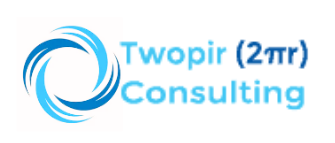Unlocking Salesforce Communication: Lightning Message Service In this blog post, we would be creating Visualforce, Aura Component and Lightning Message Service and exchanging messages between all of them using Lightning Message Service. Introduction to Lightning Message Service Introduced in the Winter ’20 release by Salesforce, Lightning Message Service is the out-of-the-box functionality that empowers you […]
- August 13, 2021
Time zones in Salesforce:- Time zones come in two varieties — region-based and offset-based. In Salesforce, we see region-based time zones very often. If you go to your Company Information page on setup, you would see a list of time zones. For example America/Chicago and America/Los_Angeles. The list of region-based time zones available in Apex […]
- August 11, 2021
Creating Effective Surveys in Salesforce: A How-To Guide Introduction to Surveys in Salesforce : Every business small or big wants to satisfy its customers’ needs since customers are the lifeblood of any business. If you do not know what customers think about your service, you will never be able to give them the best customer […]
- August 9, 2021
Rich Text fields provide important functionality but can be difficult to employ and deal with properly, especially in Flows. In this blog post, we will see how we can use a Lightning web component to act as a rich text area. What is a Rich Text Area Field? Rich Text is a field type that […]
- August 9, 2021
Introduction to Salesforce Flow Salesforce Flow empowers you to build complex business solutions using clicks, not code. Flow Builder is the most powerful tool that a Salesforce Admin has at their disposal, giving you similar powers that Salesforce developers have. If you need to perform mass updates across multiple unrelated records, or complex logic […]
- 1
- 2
